Waylaid On Our Way to Antarctica
CHRISTCHURCH, NEW ZEALAND (EN ROUTE TO ANTARCTICA)– The Exploratorium Ice Stories team of Mary Miller, Lisa Strong-Aufhauser and Ron Hipschman are cooling our jets in Christchurch, New Zealand, and itching to get to the ice. We’re treading the same ground as thousands of other Antarctic-bound souls, trying to enjoy the last whiffs of green grass and humid air. Our nerves are slightly frayed after a few mishaps with (temporarily) lost luggage and lost sleep, but we’re trying to make good use of our time to plan the first few days of work and training we’ll be doing in McMurdo after we arrive.
Down at the Antarctic clothing issue office, we had the usual fun of getting our cold weather gear in order (Lisa was playing with her ninja alter ego) and got some good news: we’re leaving tomorrow morning on a C-17 USAF plane rather than the slower, smaller C-130 which means about a four-hour flight rather than almost eight. That makes a difference because these military planes are not built for comfort: they have little insulation on their skins so they are loud and cold close to the bulkhead.
After months of preparation filling out USAP (United States Antarctic Program) forms and travel requests, going to doctor and dentist appointments to become “physically qualified” for Antarctic travel, visiting Raytheon Polar Services in Denver to meet with support staff and plan our movements on the ice, and training Antarctic field correspondents, our time is finally at hand. In fact, I feel like we’ve already started our polar adventure; in addition to posting blogs from all of our Antarctic scientists, we’ve also been keeping up with Ice Stories correspondent Robin Bell’s Gambutserv Mountain (AGAP) project on her Twitter and the Xtreme South Facebook pages.
We’ve also met up on the plane to New Zealand and here in Christchurch a drilling engineer on his way down to the deep ice coring operation at WAIS-Divide. That’s one of those acronyms mysterious to an outsider but full of meaning for glaciologists and climate researchers. WAIS is the West Antarctic Ice Sheet. The ice divide, like a continental divide, refers to a region of the ice sheet where the snow falling on one side of the divide flows one way down to the ocean and snow on the other side flows in the opposite direction.
The WAIS-Divide is an ideal place to drill ice cores because the movement of the ice there is downward rather than horizontal, leaving clear annual ice layers that can be counted to track the passage of time. Lots of snow falls in this region of the ice sheet, trapping gas bubbles between the snow grains that record the compositions of the atmosphere when the snow fell, preserving a climate record from 40,000 to 100,000 years ago. Lisa, Ron and I saw some ice cores when we visited the National Ice Core Laboratory in Denver last spring, some of them dating back to the original International Geophysical Year in 1957-8.
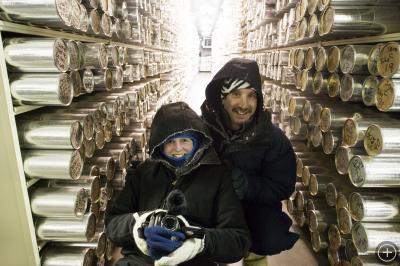
Ron and Lisa filming in the ice core storage room of the National Ice Core Laboratory. Photo by John Weller.
We won’t have a chance to go out to the WAIS-Divide ice drilling camp as it’s an additional plane flight from McMurdo and we already have a pretty full work and travel schedule once we do get to McMurdo. We hope to travel out by helicopter to some fields camps to see penguins, the communications station at Black Island, McMurdo Dry Valleys, and, the biggest prize of all: the South Pole.


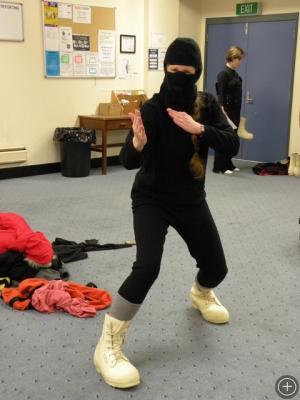
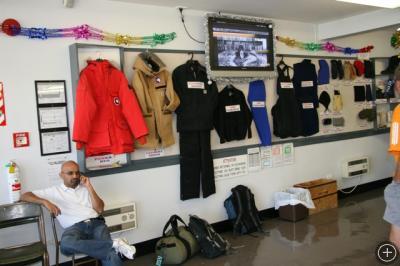
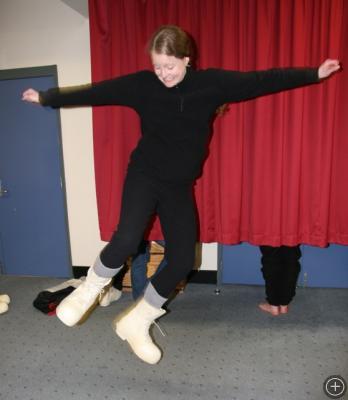
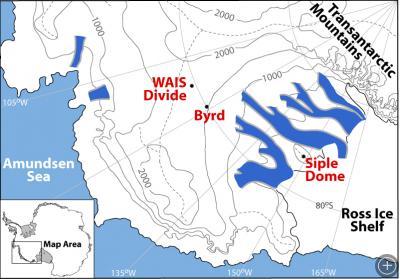
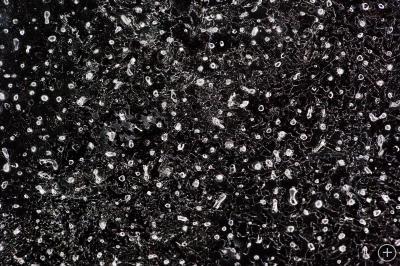
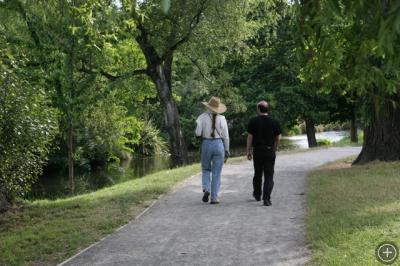








Congratulations for finally making it (almost) to The Ice. Loads of folks are following the exploits of you three here in Silicone Valley, California. Keep these great dispatches from “the crew” coming. We enjoy them as much as what the polar scientist are doing! Thanks.
Just saw this! We are keeping close tabs here in Oregon as well. Lisa, you look pretty skinny compared to when you put all your cold weather gear on. Cute! I get on-line every day since you left; but just now saw this. Can’t believe you’re finally on your way!